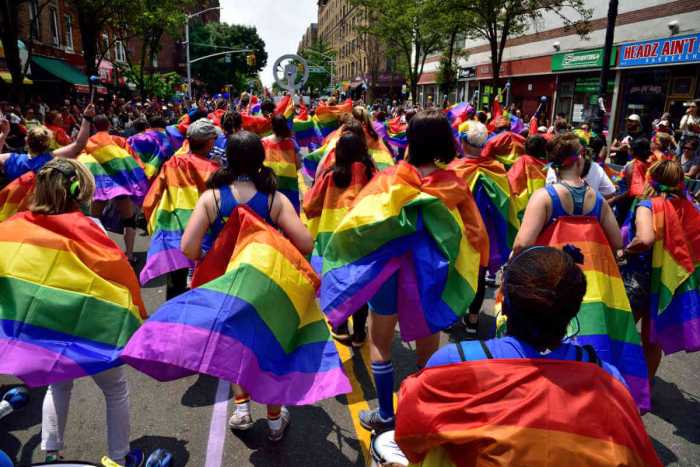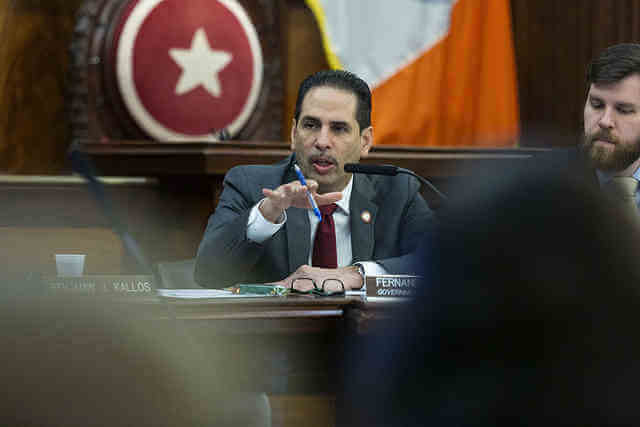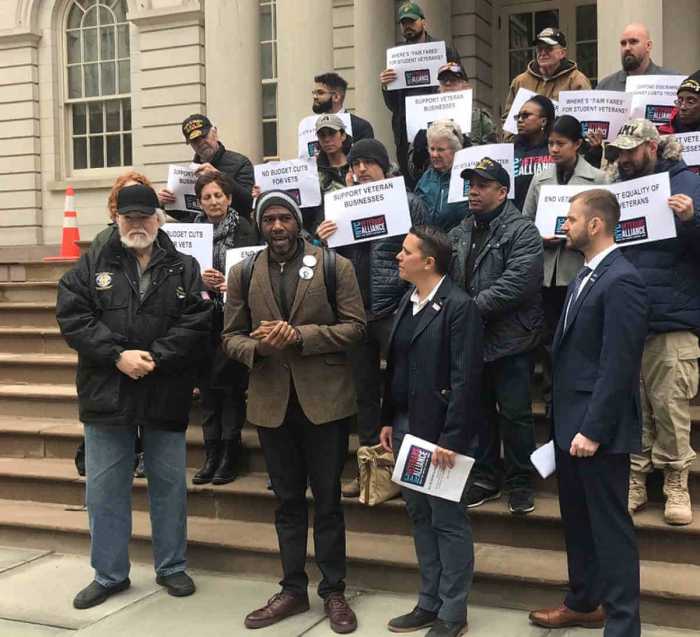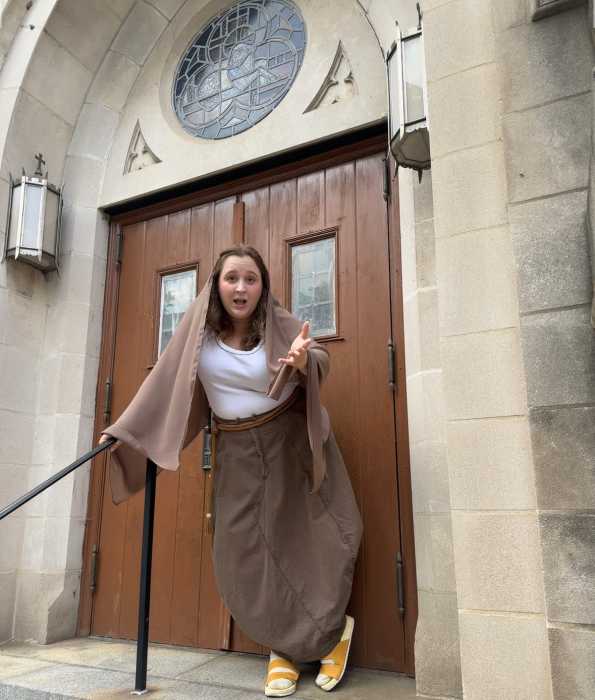ILLUSTRATION BY MICHAEL SHIREY
While Bill de Blasio’s choice of William Bratton to head the city’s police department likely reassured New Yorkers that the declines in crime seen over the last 20 years will be sustained, few are asking if the management techniques that Bratton first put in place in the early 1990s are responsible for some of the policing ills that advocates complain about today.
“His policies were the beginning of all the trouble that some people now have with policing,” said one of the skeptics, Robert Gangi, director of the Police Reform Organizing Project at the Urban Justice Center, a human rights group.
Stop and frisk is the best known police practice and is among those that advocates have found most objectionable. Stops went from under 100,000 in 2002 to a high of nearly 700,000 in 2011. Young African-American and Latino men are overwhelmingly targeted in stops and frisks.
Bratton was New York City’s police commissioner from 1994 to 1996 under Mayor Rudy Giuliani. He is credited with implementing the practices of using statistics, mapping crime, and using performance measures, such as arrests made or summonses issued, to assess police commanders or even individual officers.
While stop and frisk was not a Bratton innovation in New York City, published reports indicate that he embraced it when he ran the Los Angeles police department from 2002 to 2009.
For gay men, the focus on driving up arrests meant an increase in police stings for public sex that brought significant increases in public lewdness arrests in the city.
In New York City in 1998, there were 479 public lewdness arrests, and 769 public lewdness arrests followed in 1999. Nearly 100 percent of those arrested were men. In 2000, 1,088 and 1,069 of them, or 98 percent, were men. In 2001, police arrested 727 people for public lewdness and 699 of them, or 96 percent, were men.
From 2003 through 2012, public lewdness arrests ranged from a low of 406 in 2004 to a high of 690 in 2010. Of the 5,401 public lewdness arrests in the city in that 10-year period, 5,096 of those arrested, or 94 percent, were men. The arrest data came from the state Division of Criminal Justice Services.
For Robert Gangi, the increases in stop and frisk and other measures show that successive mayors and police commissioners indiscriminately seized on Bratton’s innovations.
William Bratton, the NYPD commissioner-designate, with Mayor-elect Bill de Blasio at a December 4 press conference.BILL DE BLASIO PHOTOSTREAM/ FLICKR.COM
From time to time, Gay City News has used the state Freedom of Information Law to obtain the criminal complaints for public lewdness arrests and those records show that a portion of the men arrested in any given year are flashers who almost always expose themselves to a woman. They also show organized police stings at locations where gay men gather to have sex. Such stings never target the places where heterosexuals gather for public sex, such as “lovers’ lanes” often celebrated sentimentally in popular culture.
In 2003, Gay City News reported that police arrested 399 people across the state for violating New York’s sodomy law in the years after it was struck down in 1980 by the state’s highest court. While the sodomy arrests declined from 1981 to 1998 there was a sudden increase to 32 in 1999 and to 60 in 2000, with 53 of those 60 arrests made in Manhattan. Some of those arrested were found guilty after pleading to lesser charges.
In 2008, police arrested 41 men for prostitution in six Manhattan porn shops. Just two of the 41 men had prior arrests for prostitution and 32 of the 41, or 78 percent, were Latino or African-American. Those arrests were later cited in nuisance abatement lawsuits brought by the city in an effort to shut the shops down. Just as arrests increased, the NYPD’s legal unit increased nuisance abatement lawsuits for many different violations from 214 citywide in 1994 to 899 citywide in 2008.
While crime decreased substantially from the Dinkins administration until 2013, the data show a police department that is driven by numbers and not necessarily by crime, though police have consistently said they responded to community complaints in the prostitution and public lewdness arrests.
For Gangi, the increases in stop and frisk and other measures show that successive mayors and police commissioners indiscriminately seized on Bratton’s innovations.
“They basically took those approaches and used them in a thoughtless and heedless way and intensified them,” he said.
Jumaane Williams, a city councilman who represents parts of Brooklyn, was among the few voices who questioned de Blasio’s pick. He issued a statement on December 5, the day of Bratton’s appointment, that raised questions about his earlier time as commissioner.
“By many accounts, Commissioner-Designate Bratton had a mixed tenure during his previous role as Commissioner,” Williams said. “While violent crime dropped, many communities of more color felt that Commissioner-Designate Bratton was not responsive to their needs. While CompStat was ingenuitive in focusing on areas of high crime, this race-to-the-bottom, hyper-focus approach led to the quota system, which is a central problem in Stop and Frisk.”
De Blasio campaigned as a progressive and said stop and frisk had to be reformed. On December 5, he held a conference call with advocates, including Gangi, to “assure us of his continuing commitment to establish an NYPD that treats people responsibly and respectfully and he thinks Bratton is that man to achieve that,” Gangi said.
In an email statement, Lis Smith, a spokeswoman for the de Blasio transition team, wrote,“Starting with his appointment in 1976 as the first Boston Police liaison to the LGBT community — where he worked with Barney Frank, the then-Chief of Staff to the Mayor — Commissioner Bratton has been a champion for LGBT rights and an advocate for recruiting more members of the LGBT community into policing. In all of his departments, he has led successful efforts to expand and improve relationships with the LGBT community.”




































